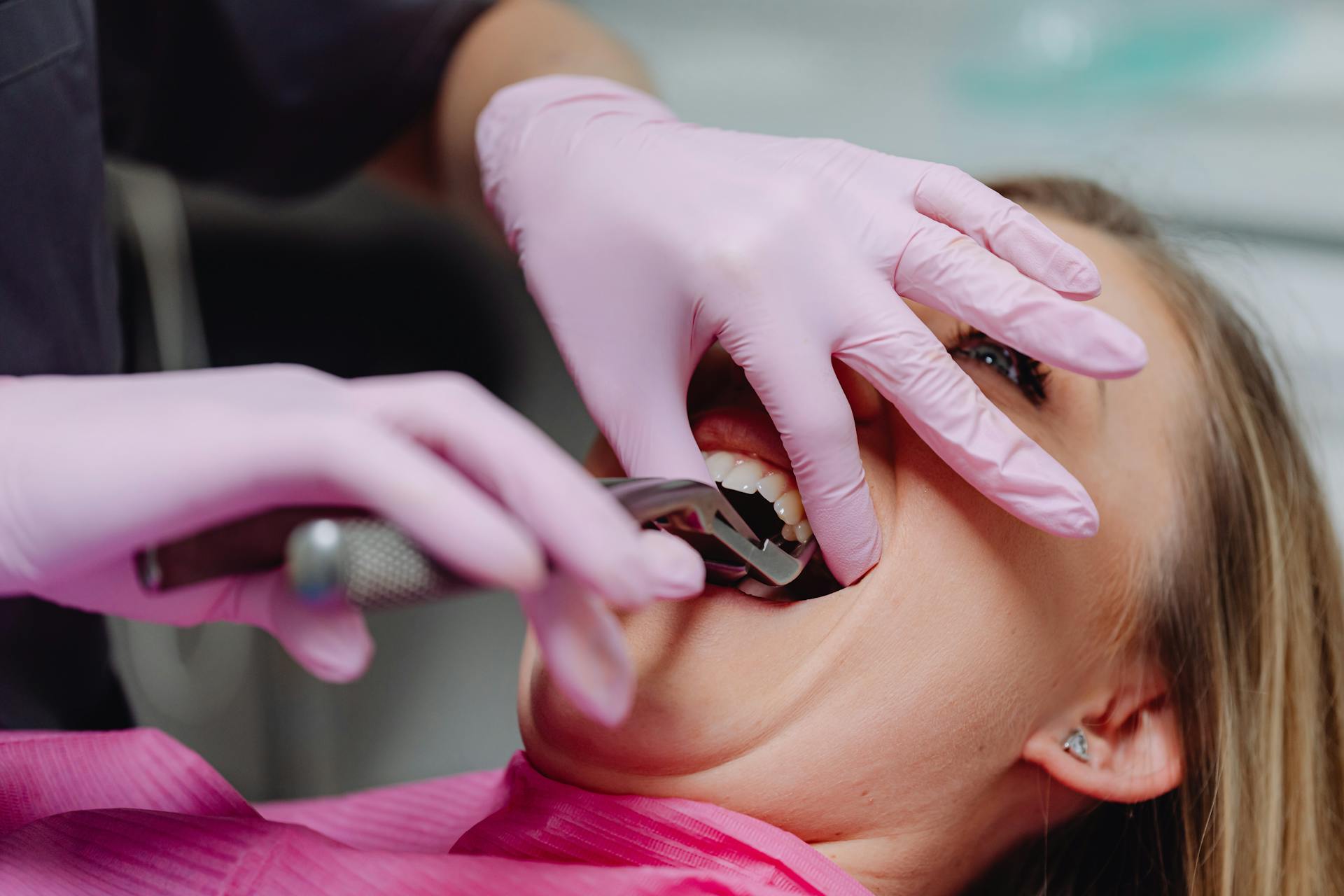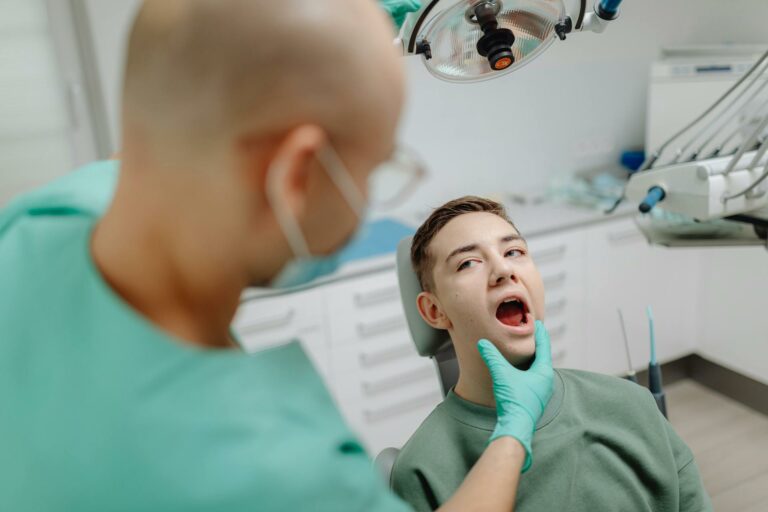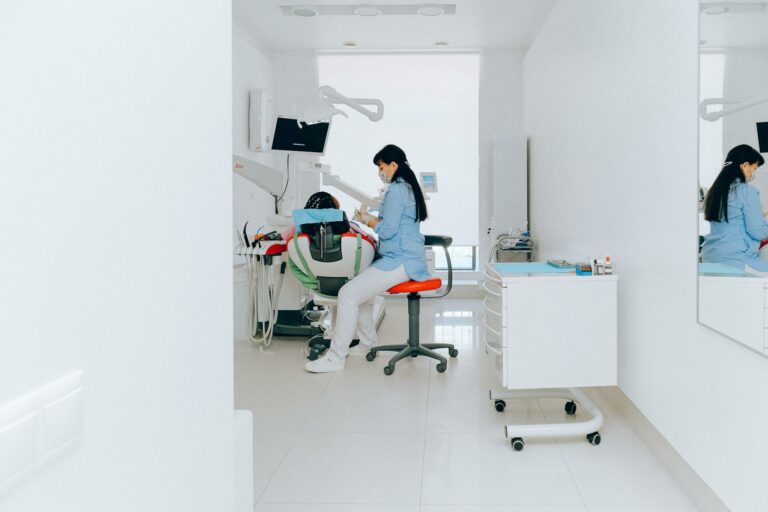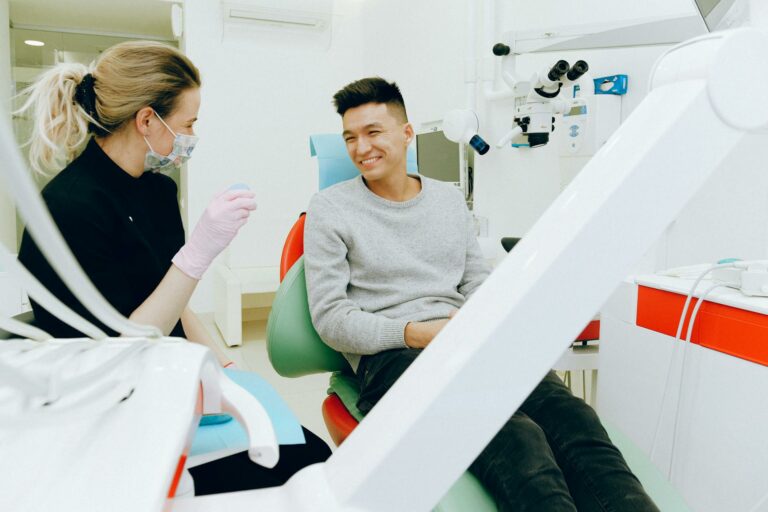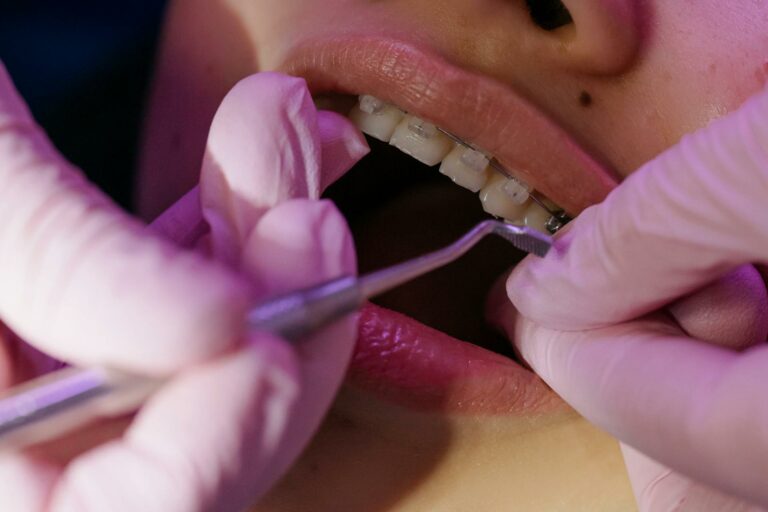Advanced Periodontal Treatments in New Brunswick: Fighting Gum Disease Effectively
In New Brunswick, advanced periodontal treatments are transforming the management of gum disease. Utilizing laser therapy and regenerative techniques, these innovative approaches aim to minimize tissue damage and promote efficient healing. By focusing on personalized care and employing minimally invasive surgical methods, specialists are enhancing patient outcomes. Early detection, paired with advanced diagnostic tools, plays an essential role in combating periodontal disease. This evolving landscape holds significant promise for improving oral health and overall patient well-being.
Understanding Gum Disease and Its Impact on Health
Although often underestimated, gum disease, medically termed periodontal disease, greatly affects both oral and systemic health. This chronic inflammatory condition results from the accumulation of bacterial plaque beneath the gum line, leading to the destruction of supporting periodontal tissues. The health consequences extend beyond oral manifestations, such as gingival bleeding and tooth loss, to include systemic implications. Research has established a bidirectional link between gum disease and systemic conditions, including cardiovascular disease, diabetes mellitus, and adverse pregnancy outcomes. The inflammation associated with periodontal disease may exacerbate systemic inflammation, contributing to the pathogenesis of these comorbidities. Additionally, gum disease serves as a reservoir for pathogenic bacteria, which can enter the bloodstream, potentially triggering systemic immune responses. Early detection and management are vital to mitigate these health consequences.
Recent Advancements in Periodontal Treatments
The understanding of gum disease’s extensive impact on overall health underscores the importance of effective treatment strategies. Recent advancements in periodontal treatments have introduced regenerative techniques and innovative therapies that greatly enhance clinical outcomes. Regenerative techniques focus on restoring lost periodontal structures, including bone and connective tissues, using biologically active agents such as enamel matrix proteins and growth factors. These methods aim to regenerate periodontal ligament and alveolar bone, offering a more sustainable approach to disease management. Innovative therapies, including biomaterials and systemic medications, target inflammation and bacterial proliferation with precision, minimizing tissue damage. These advancements offer promising results, reducing the progression of periodontal disease and improving patient prognosis, ultimately elevating the standard of periodontal care.
The Role of Laser Therapy in Treating Gum Disease
As periodontal treatment continues to evolve, laser therapy emerges as a significant component in the management of gum disease, offering a minimally invasive alternative to traditional surgical methods. Utilizing laser precision, this technology targets inflamed gum tissue with remarkable accuracy, reducing the need for incisions and sutures. The laser’s concentrated energy effectively removes diseased tissue and bacterial colonies, while simultaneously promoting gum regeneration. This regenerative capacity stems from the laser’s ability to stimulate fibroblast activity, essential for tissue repair and healing. Furthermore, laser therapy minimizes bleeding and postoperative discomfort, enhancing patient compliance and recovery outcomes. By incorporating such advanced techniques, dental professionals in New Brunswick are equipped to address periodontal disease with increased efficacy and patient-centered care.
Minimally Invasive Surgical Procedures for Better Outcomes
How do minimally invasive surgical procedures enhance periodontal outcomes? These techniques focus on reducing tissue trauma, thereby preserving the natural structure and function of the periodontal complex. Minimally invasive techniques, such as flapless surgery and micro-surgical approaches, utilize smaller incisions and advanced instrumentation, allowing for precise debridement and access to affected areas. This precision minimizes postoperative discomfort and accelerates healing, greatly enhancing patient comfort. Additionally, these techniques reduce the risk of complications by maintaining the integrity of surrounding tissues. Clinical studies have shown that minimally invasive procedures result in better attachment levels and reduced probing depths compared to traditional methods. Consequently, they offer effective solutions for periodontal disease management while prioritizing patient comfort and optimizing therapeutic outcomes.
Promoting Tissue and Bone Regeneration
While periodontal disease often leads to the deterioration of tissue and bone, advanced regenerative techniques aim to reverse this damage through the promotion of new tissue and bone growth. Tissue engineering plays a critical role in this process by utilizing biocompatible scaffolds that support the proliferation and differentiation of cells necessary for periodontal regeneration. These scaffolds serve as structural frameworks, enhancing the natural healing process. Bone grafting complements these efforts by introducing osteoconductive materials, facilitating the integration and formation of new bone. This combination of tissue engineering and bone grafting provides a thorough approach to rebuilding the periodontal architecture. Clinicians employ these methods to restore periodontal functionality, ensuring long-term stability and health of the dentition in patients suffering from advanced gum disease.
The Importance of Early Detection and Diagnosis
Recognizing the potential for advanced periodontal treatments to reverse tissue and bone loss, the emphasis on early detection and diagnosis becomes paramount in achieving successful outcomes. Early identification of periodontal disease starts with recognizing early symptoms such as gum bleeding, swelling, and recession, which are critical indicators of compromised gum health. Clinical examination and diagnostic imaging play a pivotal role in evaluating the extent of periodontal damage. Prompt diagnosis facilitates timely intervention, which can halt disease progression and preserve oral structures. Furthermore, understanding the patient’s medical and dental history allows clinicians to tailor treatment plans effectively. Emphasizing early detection not only aids in maintaining gum health but also mitigates the risk of systemic complications associated with advanced periodontal disease.
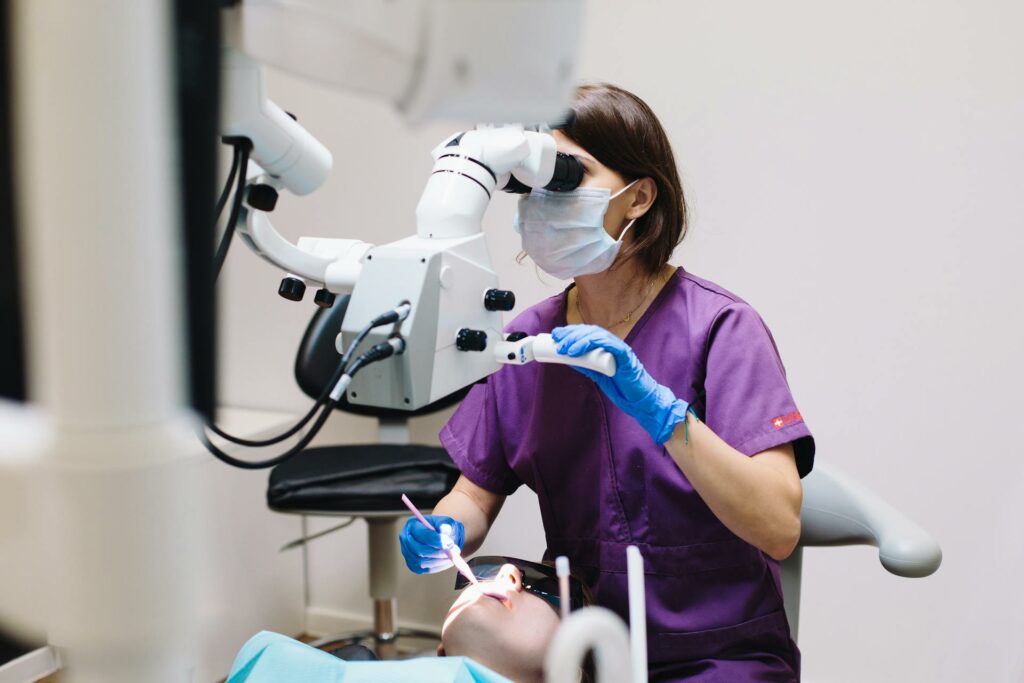
Benefits of Cutting-Edge Dental Technologies
The integration of cutting-edge dental technologies, such as laser-assisted periodontal therapy, has revolutionized periodontal treatments by enhancing precision and reducing patient discomfort. These minimally invasive procedures promote more efficient removal of diseased tissue and greatly reduce recovery time, leading to improved patient outcomes. Additionally, advanced techniques in enhanced healing foster expedited tissue regeneration and minimize postoperative complications, setting a new standard in periodontal care.
Laser-Assisted Periodontal Therapy
Laser-assisted periodontal therapy represents a significant advancement in dental technology, offering numerous benefits for patients with periodontal disease. Utilizing precise laser technology, this method targets inflamed gum tissue with remarkable accuracy, minimizing damage to surrounding healthy tissue. The laser’s wavelengths are specifically calibrated to eradicate bacteria and promote tissue regeneration effectively. Among the treatment benefits, patients experience reduced bleeding and swelling, leading to a more comfortable recovery process. Additionally, laser therapy often results in decreased procedure time and enhanced healing rates, thereby optimizing the overall treatment experience. Clinical outcomes indicate improved periodontal health, including reduced pocket depths and stabilized attachment levels. This cutting-edge approach reflects a paradigm shift in managing gum disease, aligning with contemporary demands for precision and patient-centered care.
Minimally Invasive Procedures
Modern advancements in dental technology have notably transformed the landscape of periodontal care, introducing a variety of minimally invasive procedures that offer substantial benefits over traditional methods. These innovative techniques prioritize patient comfort and treatment efficiency by reducing the need for extensive surgical interventions. Procedures such as ultrasonic scaling and root planing employ high-frequency vibrations to precisely remove plaque and calculus with minimal tissue disruption. Additionally, the utilization of advanced imaging technologies enables clinicians to accurately diagnose and target affected areas, further enhancing procedural accuracy. The integration of such technologies considerably diminishes patient recovery time and discomfort. Overall, these cutting-edge approaches in periodontal therapy represent a paradigm shift towards more effective, patient-centered care in managing gum disease.
Enhanced Healing Techniques
With the advent of cutting-edge dental technologies, enhanced healing techniques have become an integral part of advanced periodontal treatment protocols. These advanced techniques employ innovative healing modalities that greatly improve patient outcomes. Laser therapy, for instance, is utilized to precisely target and eradicate infected tissue while promoting regeneration through biostimulation. This reduces inflammation and accelerates tissue repair, offering a less invasive alternative to traditional methods. Platelet-rich plasma (PRP) is another advanced technique that enhances healing by concentrating growth factors directly at the site of periodontal surgery. This accelerates cellular proliferation and tissue regeneration. Additionally, the use of biocompatible membrane barriers supports the guided tissue regeneration process. Collectively, these advanced healing modalities enhance recovery rates, minimize post-operative discomfort, and bolster long-term periodontal stability.
Success Stories From New Brunswick Patients
Although advancements in periodontal treatments have been significant, the true measure of their success is often reflected in patient outcomes. In New Brunswick, patient testimonials provide qualitative data supporting the efficacy of modern interventions. Success metrics, such as improved periodontal pocket depth, enhanced gingival attachment, and reduced inflammation, are commonly reported among those who have undergone advanced procedures. These metrics are corroborated by patients who have consistently noted improvements in oral health and quality of life. Additionally, objective clinical assessments reveal marked reductions in disease progression, further validating treatment success. Such outcomes highlight the pivotal role of cutting-edge therapies in combating gum disease. Collectively, these success stories underscore the effectiveness and transformative impact of contemporary periodontal care within the region.
Choosing the Right Periodontal Specialist for Your Needs
Selecting an appropriate periodontal specialist involves a thorough evaluation of their credentials and experience, ensuring they possess the necessary qualifications and proven expertise in advanced periodontal procedures. Additionally, it is essential to assess the range of treatment options they provide, as this reflects their capability to address diverse periodontal conditions with tailored therapeutic approaches. An examination of their patient care approach, emphasizing personalized treatment plans and extensive follow-up, further informs the decision-making process to optimize patient outcomes.
Credentials and Experience
In the domain of periodontal care, the credentials and experience of a specialist are critical in ensuring effective treatment outcomes. Credentials verification involves a meticulous review of the specialist’s educational background, board certifications, and professional affiliations, ensuring adherence to recognized standards. Experience assessment further scrutinizes the practitioner’s practical engagement with complex periodontal cases, evaluating their proficiency in addressing diverse gum disease manifestations. A periodontist’s clinical acumen is often reflected in their history of successful interventions and patient care. Additionally, participation in continuous education and advanced training programs signifies a commitment to maintaining current with evolving periodontal techniques. Consequently, selecting a periodontal specialist requires a thorough evaluation of both formal qualifications and hands-on expertise to optimize patient care and treatment efficacy.
Treatment Options Offered
When evaluating treatment options offered by periodontal specialists, it is vital to take into account the range and sophistication of therapies available. Specialists may offer preventive care strategies, including regular dental cleanings and scaling, to maintain oral health and prevent disease progression. Advanced options might encompass laser-assisted periodontal therapy, which precisely targets infected tissues while minimizing healthy tissue damage. The application of regenerative procedures, such as bone grafts and guided tissue regeneration, aims to restore the structural integrity lost to periodontal disease. Personalized treatment plans are necessary, considering individual patient needs and disease severity. Tailored interventions may involve antimicrobial therapy or the use of biocompatible materials to enhance healing. This extensive approach guarantees ideal outcomes in combating gum disease.
Patient Care Approach
Evaluating the myriad treatment options available underscores the importance of finding a periodontal specialist who aligns with the patient’s specific needs and health objectives. Selecting the appropriate specialist requires consideration of their expertise in patient education and their commitment to personalized care. A specialist’s ability to educate patients about periodontal disease intricacies and treatment modalities greatly enhances patient outcomes. Personalized care entails tailoring treatment plans that account for the patient’s unique medical history, lifestyle factors, and individual goals. This approach not only maximizes therapeutic efficacy but also fosters patient engagement and adherence to treatment regimens. The right specialist will possess a thorough understanding of advanced periodontal therapies, ensuring that patients receive the most effective interventions available, thereby promoting ideal oral health and overall well-being.
Frequently Asked Questions
How Much Does Advanced Periodontal Treatment Typically Cost in New Brunswick?
The cost of advanced periodontal treatment in New Brunswick varies, with prices ranging from $500 to $4,000 based on procedure complexity. Treatment affordability is essential, prompting patients to seek cost comparison for informed financial decisions.
Are There Any Natural Remedies for Gum Disease Prevention?
Herbal solutions such as aloe vera and green tea extract, alongside dietary adjustments like increasing omega-3 fatty acids and reducing sugar intake, may offer preventive benefits against gum disease by enhancing oral health and reducing inflammation clinically.
Can Lifestyle Changes Reduce the Risk of Developing Gum Disease?
Lifestyle changes can greatly reduce gum disease risk. Adopting healthy habits, including proper oral hygiene and regular dental check-ups, alongside ideal dietary choices rich in vitamins and minerals, fosters oral health and diminishes periodontal disease susceptibility.
How Long Is the Recovery Period After Periodontal Treatment?
The recovery timeline after periodontal treatment typically spans one to two weeks. During this healing process, tissue regeneration and inflammation reduction occur, influenced by the treatment’s complexity, patient compliance, and individual healing capacity.
Are Advanced Periodontal Treatments Covered by Insurance in New Brunswick?
Insurance coverage for advanced periodontal treatment options in New Brunswick varies. Patients should consult their insurance provider to determine specific benefits, as coverage may depend on individual plans and the medical necessity of the periodontal procedures.
